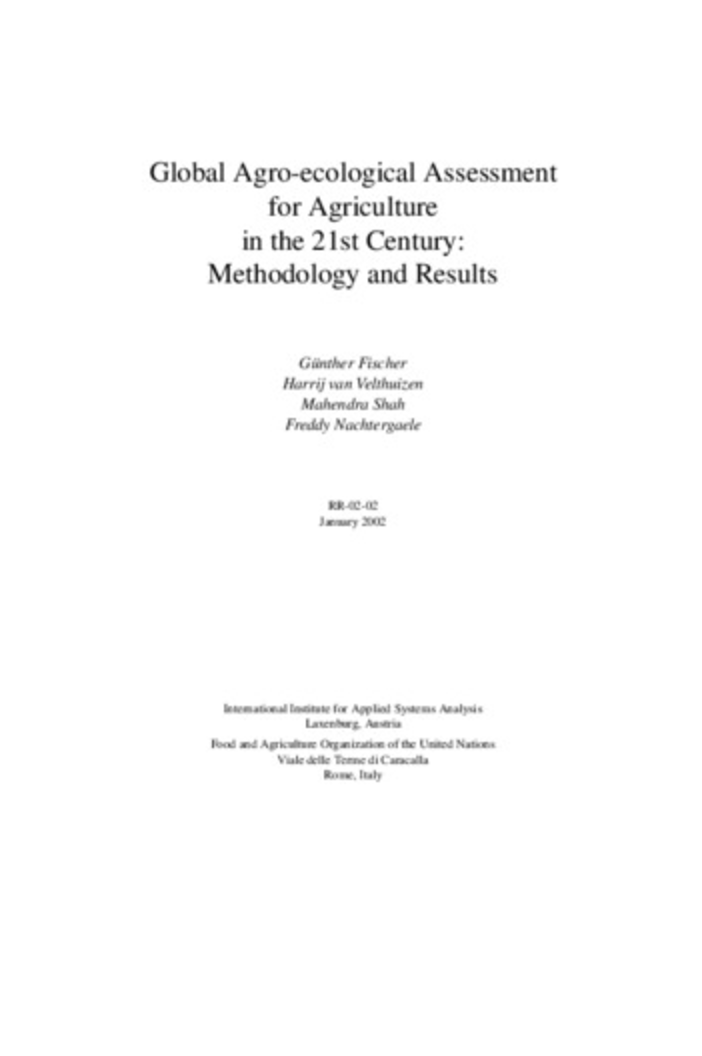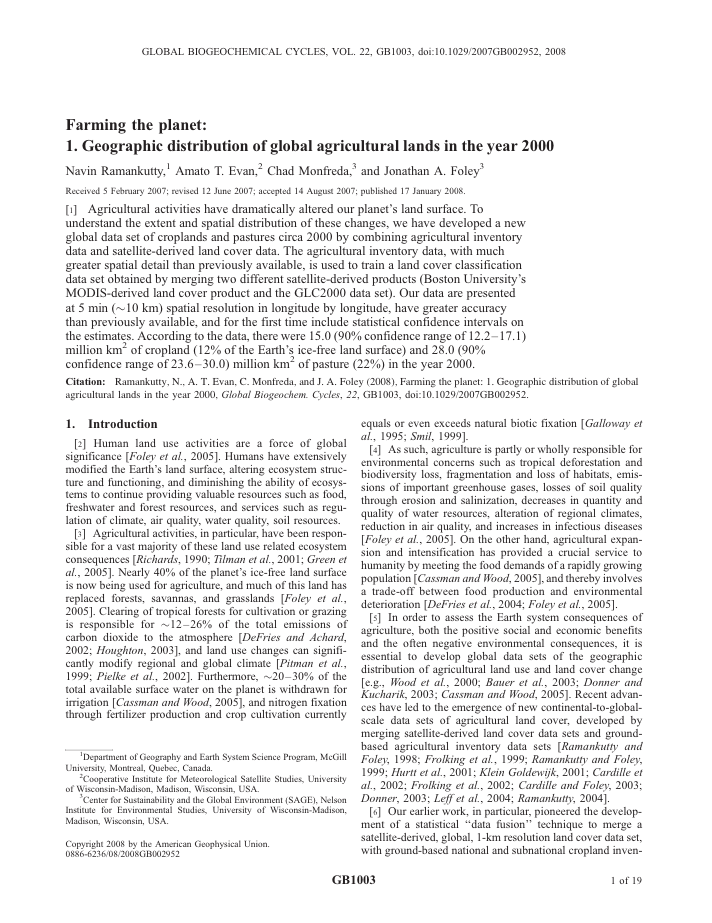Linking Land Cover Data and Crop Yields for Mapping and Assessment of Pollination Services in Europe
Pollination is a key ecosystem service as many crops but in particular, fruits and vegetables are partially dependent on pollinating insects to produce food for human consumption. Here we assessed how pollination services are delivered at the European scale. We used this assessment to estimate the relative contribution of wild pollinators to crop production. We developed an index of relative pollination potential, which is defined as the relative potential or relative capacity of ecosystems to support crop pollination.






